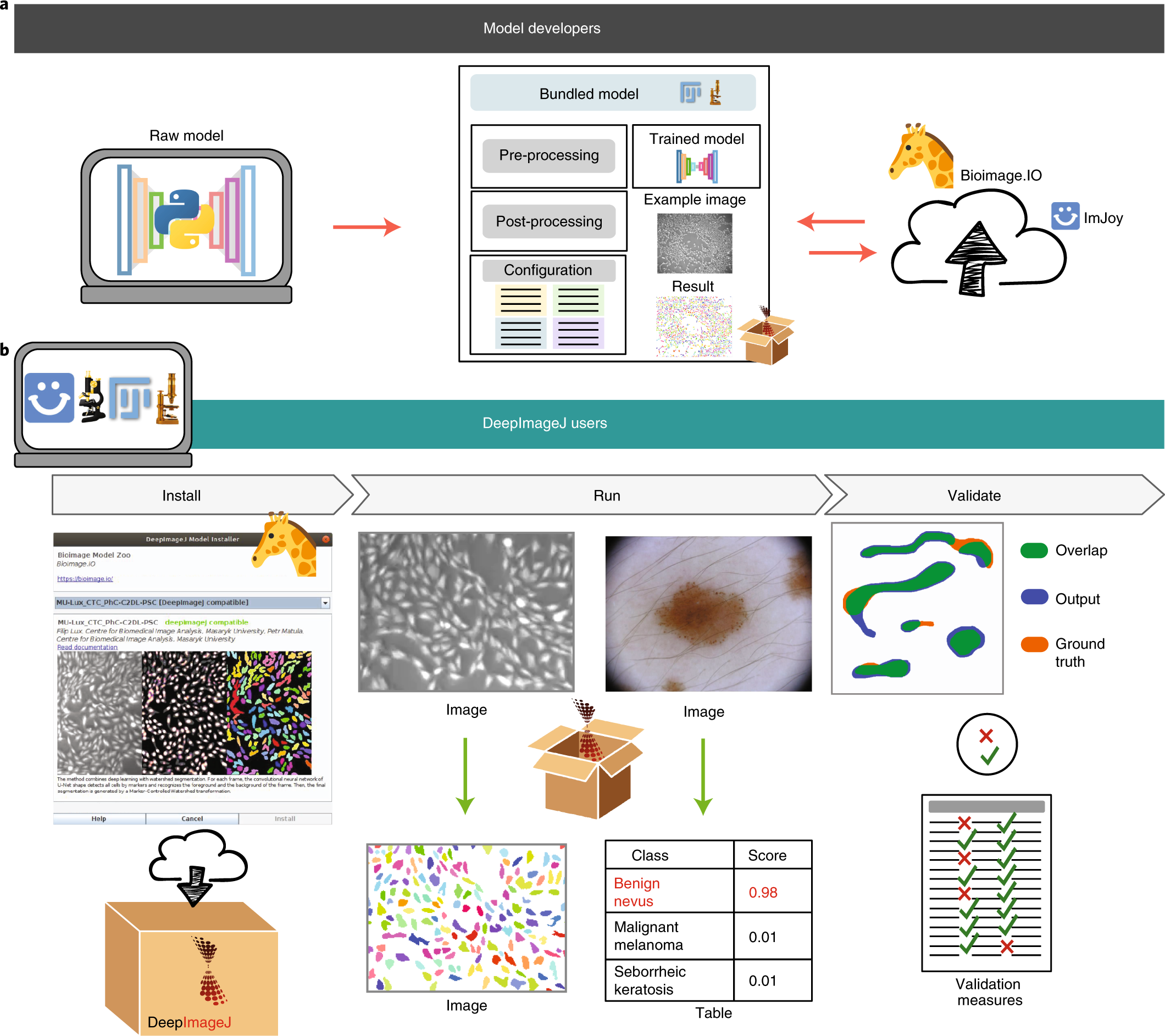

Interestingly, the program has done so not by continuously reinventing itself but instead by sticking to a core set of design principles that have allowed it to become a modern image processing platform and yet retain an interface that a user from over 20 years ago would recognize and readily use. Yet 25 years later the program not only persists but continues to push and drive the field. The scientific image analysis program, ImageJ 1, 2, known in previous incarnations as NIH Image 3, is an early pioneer in image analysis.

Yet in this great diversity and change, one software tool has not only survived but thrived. This is due in part to the relative youth of the field, the wide variety of imaging software tools available, sheer diversity of sub fields and specialized tools, and the constant creation and evolution of new tools. While the role of the optical technologies and methods have been well documented, the role of scientific imaging software and its origins have been seldom discussed in any historical context. The modern computer coupled to advances in microscopy technology is enabling new frontiers in biology to be visualized. One of the fields where scientific computing has made particular inroads has been in the area of biological imaging.

IPLaminator is an easy to use software application that will greatly speed and standardize quantification of neuron organization.The last fifty years have seen tremendous technological advances, few greater than in the area of scientific computing. Statistical analysis of the output then allows a quantitative value to be assigned to differences in laminar patterning observed in different models, genotypes or across developmental time. Options to analyze tissues such as cortex were also added. A range of user options allows researchers to bin IPL stratification based on fixed points, such as the neurites of cholinergic amacrine cells, or to define a number of bins into which the IPL will be divided. The novel ImageJ based software plugin we developed: IPLaminator, rapidly analyzes neurite stratification patterns in the retina and other neural tissues. In this study we report the development of an intuitive platform to rapidly and reproducibly assay IPL lamination. Most previous work on neuron stratification in the IPL is qualitative and descriptive. A current limitation to such analysis is the lack of standardized tools to quantitatively analyze this complex structure. Studies focused on developmental organization and cell morphology often use this layered stratification to characterize cells and identify the function of genes in development of the retina. The neurites of the retinal ganglion, amacrine and bipolar cell subtypes that form synapses in the IPL are precisely organized in highly refined strata within the IPL. This is perhaps best exemplified in the layering, or lamination, of the retinal inner plexiform layer (IPL). Information in the brain is often segregated into spatially organized layers that reflect the function of the embedded circuits.


 0 kommentar(er)
0 kommentar(er)
